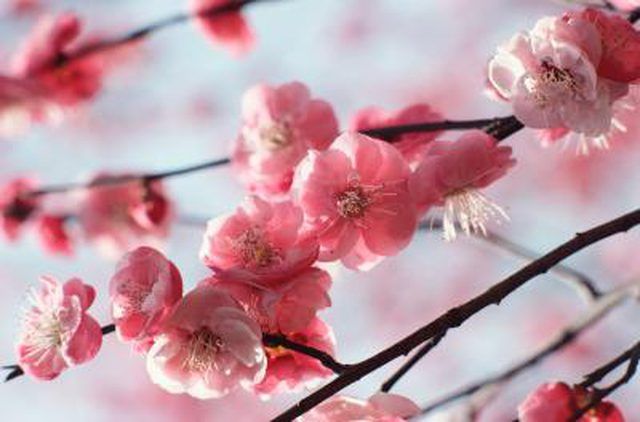Bulbs
Flower Basics
Flower Beds & Specialty Gardens
Flower Garden
Garden Furniture
Garden Gnomes
Garden Seeds
Garden Sheds
Garden Statues
Garden Tools & Supplies
Gardening Basics
Green & Organic
Groundcovers & Vines
Growing Annuals
Growing Basil
Growing Beans
Growing Berries
Growing Blueberries
Growing Cactus
Growing Corn
Growing Cotton
Growing Edibles
Growing Flowers
Growing Garlic
Growing Grapes
Growing Grass
Growing Herbs
Growing Jasmine
Growing Mint
Growing Mushrooms
Orchids
Growing Peanuts
Growing Perennials
Growing Plants
Growing Rosemary
Growing Roses
Growing Strawberries
Growing Sunflowers
Growing Thyme
Growing Tomatoes
Growing Tulips
Growing Vegetables
Herb Basics
Herb Garden
Indoor Growing
Landscaping Basics
Landscaping Patios
Landscaping Plants
Landscaping Shrubs
Landscaping Trees
Landscaping Walks & Pathways
Lawn Basics
Lawn Maintenance
Lawn Mowers
Lawn Ornaments
Lawn Planting
Lawn Tools
Outdoor Growing
Overall Landscape Planning
Pests, Weeds & Problems
Plant Basics
Rock Garden
Rose Garden
Shrubs
Soil
Specialty Gardens
Trees
Vegetable Garden
Yard Maintenance
Information on the Chinese Cherry Tree
Information on the Chinese Cherry Tree. Oriental cherry (Prunus serrulata) is native to China, Korea and Japan. This species of cherry is the ancestor of the Sato-zakura group of Japanese cherry trees. The Oriental cherry is often a focal point in gardens, where clusters of flowers can be admired up close.

Oriental cherry (Prunus serrulata) is native to China, Korea and Japan. This species of cherry is the ancestor of the Sato-zakura group of Japanese cherry trees. The Oriental cherry is often a focal point in gardens, where clusters of flowers can be admired up close.
Description
There are many cultivars of the Oriental cherry that offer single and double blooms in shades of pink and white. In general, this tree has a rounded form and reddish-brown bark. Foliage may turn bronze in fall. Flowers appear just before the emergence of leaves.
Growing Conditions
The Oriental cherry is susceptible to injury from pests and diseases, as well as environmental stresses, such as air pollution and compacted soil. For these reasons, it is regarded as a short-lived tree. The Oriental cherry does well in moist and well-drained soil and full sun. It is cold hardy to United States Department of Agriculture plant hardiness zone 5.
Popular Cultivar
The Kwanzan cherry is a popular cultivar of the Oriental cherry and was introduced to American gardens in 1903. Double pink flowers decorate the tree’s vase-like canopy in April and May. Every spring in Washington D.C., the Cherry Blossom Festival celebrates the showy blooms of the Kwanzan and Yoshino cherry trees.